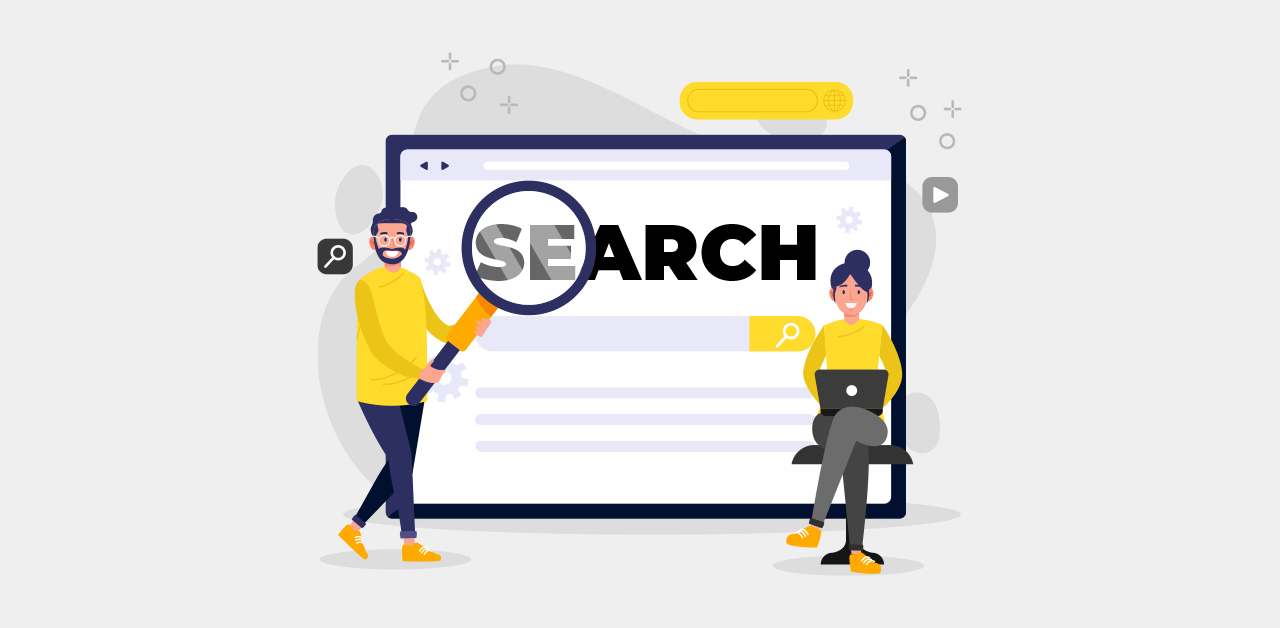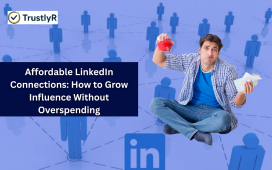It is a marketing strategy that includes all forms of online media and connected devices such as phones, tablets, and computers. Most digital marketing initiatives centre around distributing a brand message through search engines, social media, websites, email and applications.
Recently digital marketing focused on reaching customers with messages designed to convert into sales across multiple platforms.
The 8 most common platforms for digital marketing include:-
Social media
Influencer marketing
Content marketing
Search engine optimisation (SEO)
Pay-per-click (PPC)
Affiliate
Mobile
Let’s take a look at each:
-
Social Media Marketing Platforms
Consumers in today’s world are highly reliant on social media platforms such as Instagram, Facebook, LinkedIn, and Snapchat. For this reason, marketers need to be active across multiple accounts and platforms.
These social media platforms allow marketers to reach prospects in multiple ways. The first port of call usually distributes paid adverts across all the platforms. Paid advertising will create a segment of targeted users who will see these adverts on their feeds. Although each forum is different most have the capabilities to target advertising based on location, interests, age and job title etc.
-
Influencer Marketing
Influencer marketing is a very effective way to reach target audiences. Brands will partner with celebrities, sports personalities or other people considered experts in their field and have similarities to the brand values. The brands can then reach the influencer’s followers with branded content and special offers. For example, a company selling mountain bike accessories would partner with an influencer known for mountain biking and outdoor pursuits, reaching out to like-minded potential customers.
-
Email Marketing
Email is considered “old school” by some digital marketers, but that is a blinkered approach. A subscription email list can convert views into sales with offers on products they have been considering. Customised emails or newsletters based on past shopping or product viewing history can have very high transaction rates. These emails are much more likely to be opened by subscribers.
-
Content Marketing
Marketing teams can be proactive about answering their users’ questions by using content marketing. Creating content, videos, and other media to answer questions or provide context to consumers throughout the three stages of the buyer’s journey:
- Awareness: Buyer realises they have a need
- Consideration: Buyer determines a course of action to meet this need
- Decision: Buyer decides on a product/service to buy to meet their needs
Content marketing is often less costly than other marketing forms and can produce up to three times the leads. For example, consumers might decide they need new shoes to wear to the gym. The marketing team for a shoe company may produce an informative content section regarding what features you need from an excellent running shoe.
After viewing the content, the buyer decides they need a pair of running shoes that meets the criteria described in the content section.
Another piece of content could show the highest rated or most popular running shoes and their prices. Once the buyer is educated on these factors, they can decide.
The guidance provided by your brand throughout will likely result in them purchasing from your company.
-
Search Engine Optimisation (SEO) Marketing
Content marketing and Search Engine optimisation are two sides of the same coin. When the customer referenced above began their research for shoes, they most likely clicked on one of the first 3-5 results on Google. The marketing team can ensure their articles appear in the top results by optimising content. Showing in the top results will give a higher click-through rate and a higher sales conversion rate. By ensuring certain technical elements are in place and that the content is providing the user with a quality experience, the search engine crawlers will be able to index the content easily.
-
Pay-per-click (PPC)
Pay-per-click is paid advertising that essentially allows marketing teams to purchase traffic directed to their website. Adverts are placed on websites such as Facebook or search engines such as Google and Microsoft Bing. Every time an advert is clicked, a fee is paid. These adverts are determined by a bid system based upon specific search words and phrases. Banner adverts on websites are usually a fixed price to display or a price for each time it is shown to a user.
-
Affiliate Marketing
Affiliates are paid a commission for referring a user to a specific site or a commission if the referred user makes a purchase. However, a low-cost method has inherent dangers in that you are putting your brand’s reputation in someone else’s hands. This type of marketing requires checks and balances to ensure the agreements in place are met by the affiliate. This can involve extensive monitoring and tracking.
-
Mobile Marketing
It is expected that mobile shoppers will reach over 187 million users by 2024. It makes sense to optimise content for the mobile market and ensure a user-friendly experience. By using text messages, social media, email, push notifications, and mobile applications, marketers, have a range of tools to inform users. As users are location-based, it offers opportunities for location-based marketing, such as special offers available in the area the user is located.






